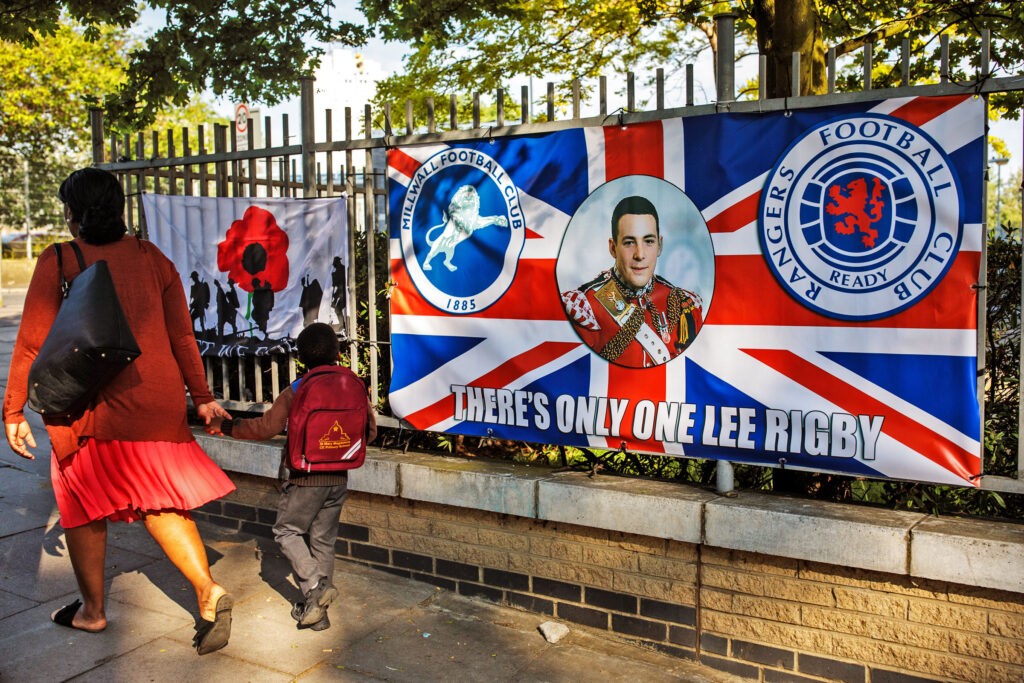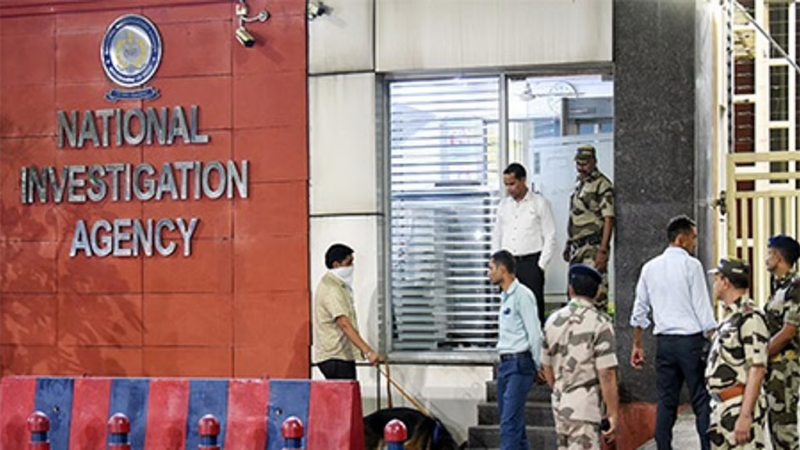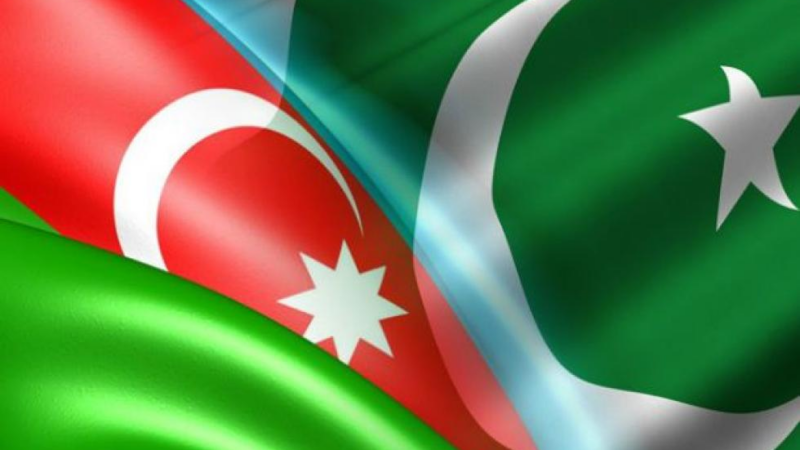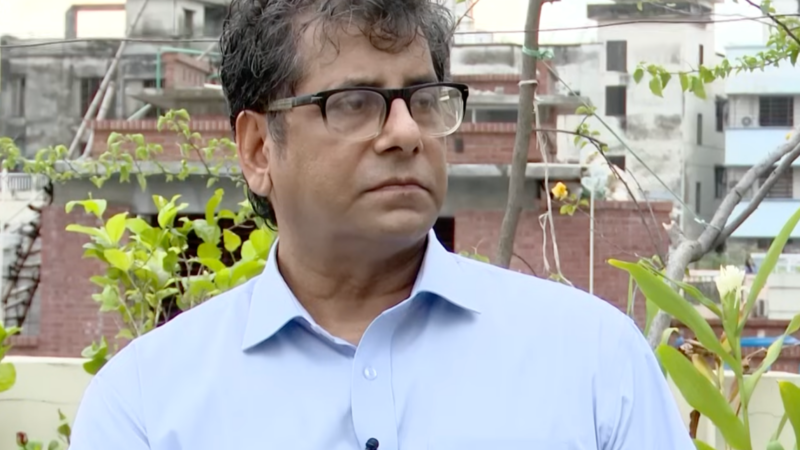What Lee Rigby’s death did to terrorism

Michael Adebolajo holds a huge knife and a butcher cleaver in one hand as he poses like a still from a low-budget horror film. He raises his blood-covered free hand toward the camera. He recently assassinated off-duty Fusilier Lee Rigby with the help of his accomplice and fellow convert, Michael Adebowale. On practically every newspaper front page ten years ago today, a graphic sight from Woolwich’s streets was shown. It is one of the most sensational—and criticized—pictures in the annals of both the British press and the war on terror.
Both horrifyingly puzzling and distinctively British describe the incident seen in the video. It’s cloudy outside. Nobody seems to be fleeing, yelling, or attempting to challenge and subdue the assailants. The “Angel of Woolwich”, a lady who calmly engaged the murderers in conversation and presented them with challenges before leaving to catch her bus, offers some consolation. A bundle may be seen in the road’s center in the background. Lee Rigby’s body is what it is. In Havering, where East London meets Essex, Michael Adebolajo was raised and attended school. However, he refers to onlookers as “you people” and declares that they will “never be safe” before announcing that British forces must leave “our lands,” which are understood to be Iraq and Afghanistan. In his eyes, he is no longer a British guy, born to a Nigerian-Christian family, educated in Romford, but rather a part of the Ummah, the world’s Muslim community, which is being attacked from the West on an existential level.
Although the killers never claimed responsibility for their assault, it was still quite similar to an al-Qaeda strike. Targeting a soldier in the enemy’s armed forces, it was a very particular act of violence. In its English-language publication less than a year before, the group’s Yemeni section had specifically urged for this sort of assault. Adebolajo went out of his way to apologize to adjacent ladies for the slaughter since it was so discriminatory and to reassure onlookers that they were not his targets. Two years later, the Charlie Hebdo assassins would anxiously and in a similar manner tell a journalist that they had only slain blasphemers and not “civilians” in their attacks. This represented jihadi-style honor. Lee Rigby’s death was, in other respects, the type of brutal display that al-Qaeda’s leadership would eventually caution against, but which Islamic State would make their trademark. A horrifying show that was also clumsy and unprofessional: After ramming Lee Rigby in a Vauxhall Tigra, Adebolajo and Adebowale attempted to behead their victim but were unsuccessful. They were denied martyrdom by the coming armed cops when the rusted antique handgun they had obtained malfunctioned.
Avenging the Prophet, the assailants on Charlie Hebdo arrived in all-black military gear, brandished Kalashnikovs, and raised their fists. They had a professional appearance, yet they were shot to death. Adebolajo did not, sporting a Stone Island beanie and a Primarni toggle jacket. Although Adebolajo and Adebowale did not declare their allegiance to al-Qaeda during their assault, it is noteworthy that al-Qaeda did not also claim them.
However, this did not stop other people from copying them. It lowered the bar for what qualifies as a terrorist strike, Raffaello Pantucci writes, “suddenly making the act much more accessible.” Other radicals were shown that having a cell, explosives, or powerful weapons was not a need for action. In the days that followed, a soldier in Paris was stabbed in the neck, and a year later, a second young radical convert was caught on his way to beheading a British soldier. Brusthom Ziamani, the would-be imitator who considered Michael Adebolajo a “legend,” has now emerged as a prominent and problematic figure among the jihadis who are currently detained. In 2020, eight months into a deradicalization program, he made an attempt on the life of a jail guard. Adebolajo and Adebowale’s meticulous selection of a single soldier as their target tells much about the development of jihadism and the ideological divisions within it. Even while jihadist terror is often connected with assaults that cause a large number of casualties, discriminatory schemes targeting Jews, service members, and supposed blasphemers were more common in Europe before Isis. There were even acrimonious divisions within Adebolajo and Adebowale’s networks: some thought domestic assaults were illegal because of a security agreement with Britain, while others grew to see the agreement as invalid because of the UK’s involvement in the Iraq war.
Although the 7/7 bombers saw Britain as a legitimate target, it took eight years and the death of Lee Rigby for Islamists to successfully launch another strike. Because Bin Laden was killed and the London Olympics took place without incident, several observers believed the terrorist danger was passed. But at the same time as the Woolwich massacre, a trickle of British extremists began to enter Syria to fight. This trickle turned into a torrent in 2014 when Isis announced it had reestablished the Caliphate.
Salafi-jihadist activities continued throughout the eight “quiet” years between assaults. Adebolajo and Adebowale had adopted the kind of Islam practiced by Omar Bakri Muhammad, Anjem Choudary, and his followers in al-Muhajiroun. The majority of its activities in the 2000s and the beginning of the 2010s were proselytizing, attention-getting stunts, creating European offshoots, and more proselytizing. On a daily level, it also meant adhering to the highly stringent and demanding lifestyle of a Salafi-jihadist activist, which often required isolating oneself from friends, family, work, and many joys of life, such as football and television. A voluntary totalitarian contract was to be entered into.
Adebolajo has sometimes aroused security agencies’ curiosity because of his proximity to these networks, but never to the point where it was necessary for involvement. He was captured by Kenyan officials in 2010, however, and it’s probable that he was his route to Somalia to join al-Shabaab, an organization with which many Britons were already engaged in combat. However, MI5 was found to have been unable to stop the assault in a report by the Parliamentary Intelligence and Security Committee. Instead, it laid the fault at the feet of an unknown American corporation, namely Facebook, which had shut down a number of Adebowale’s accounts without telling British authorities. Adebowale had even expressed his wish to murder a British soldier in graphic detail five months before to the incident. The problem was that the offensive information was detected algorithmically and removed automatically; no person ever saw it.
The head of the intelligence and security committee at the time, Sir Malcolm Rifkind, concluded that Facebook was the “one party which could have made a difference” in stopping the murder of Lee Rigby. This result was seen as being all too handy for the security services, as well as opening the door for further anti-terror laws and more governmental control over the internet, in certain circles, especially among civil liberties organizations. The next year, as Isis saturated social media with graphic images, internet firms were increasingly urged to take action against terrorist and extremist material online. Nongovernmental organizations are now driving the movement for increased internet regulation as much as governments.
In spite of this, neither Michael Adebolajo nor his accomplice are remembered in the annals of jihadi legend. Adebolajo supposedly regrets his actions and the Jihadist ideology, which is of little comfort to the family of his victim, despite the security agencies’ assertions to the contrary. Instead, Lee Rigby’s name and image are what endure, while his assassins—who were denied the opportunity to die as martyrs—must spend the rest of their life alone and forgotten, deep inside the walls of His Majesty’s prison complex.






